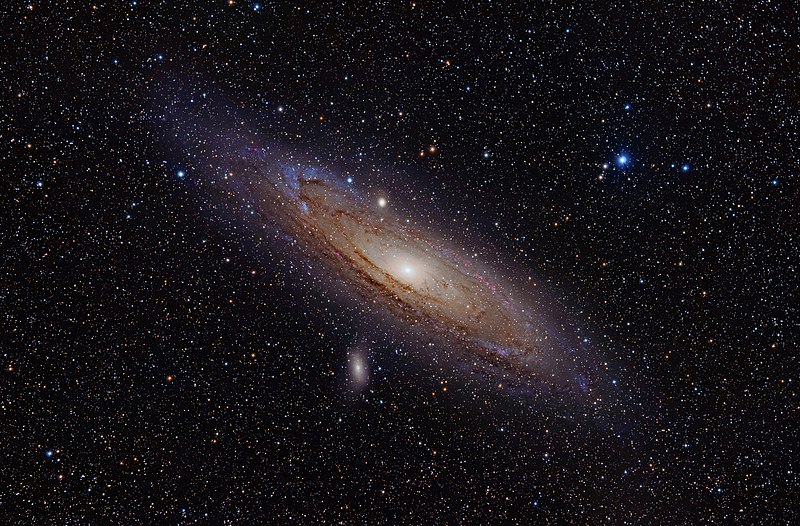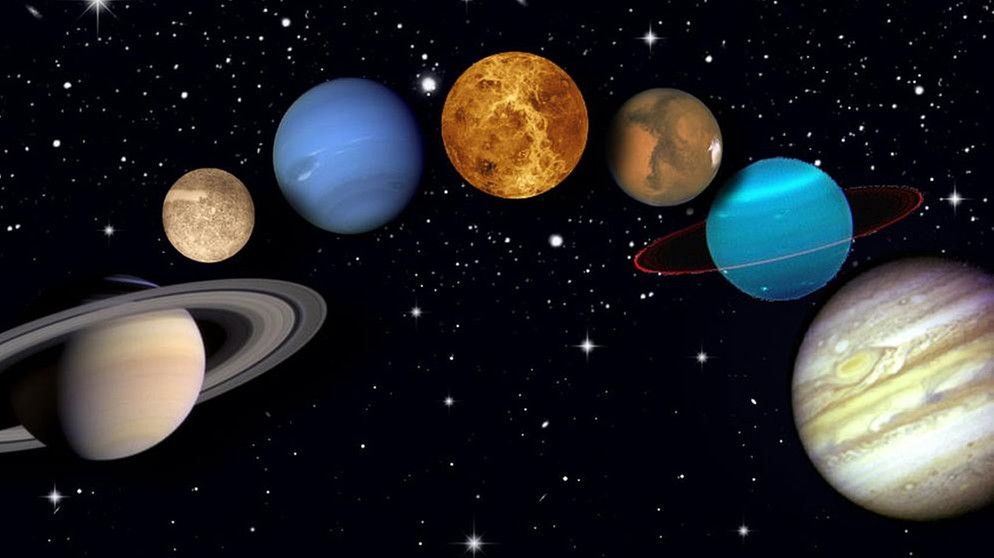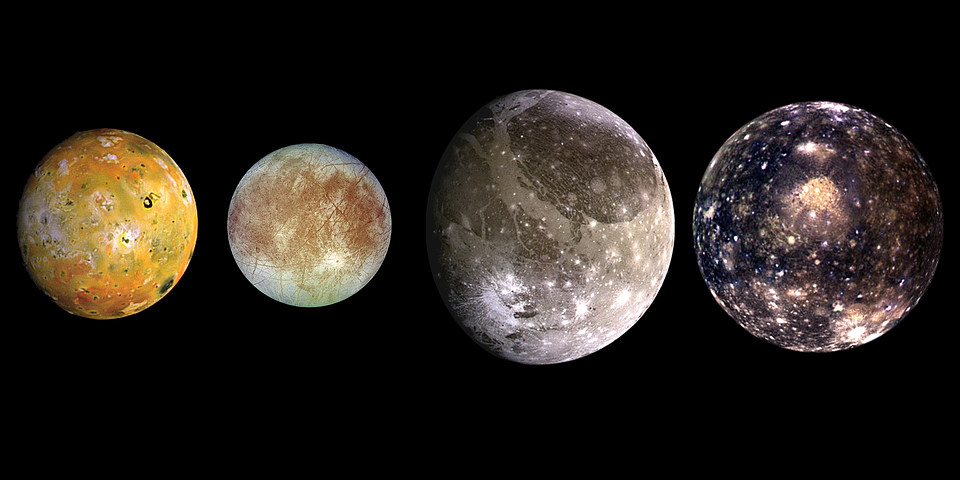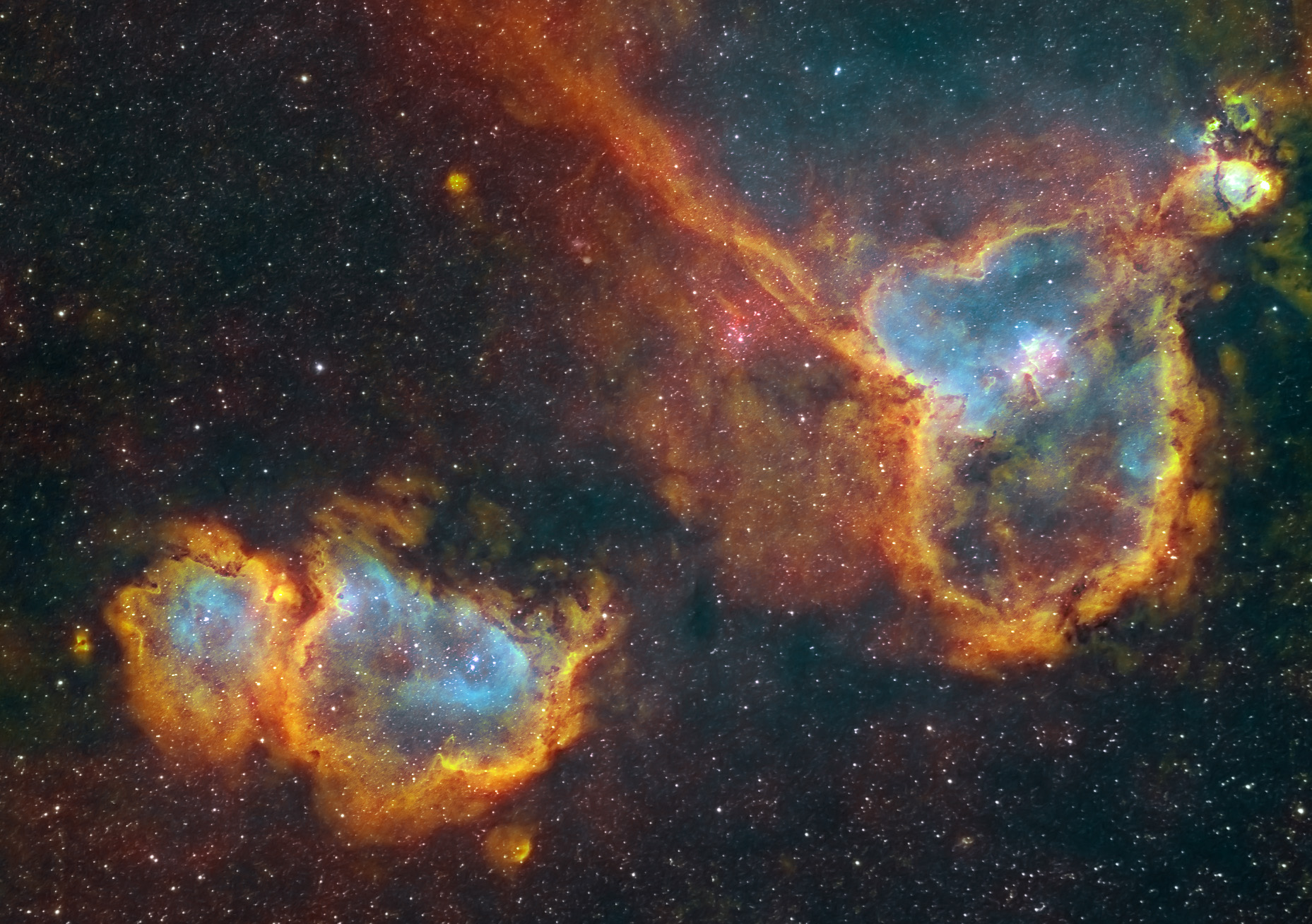A galaxy is a large collection of stars, gas nebulae, dust clouds, planetary systems, dark matter, and other astronomical objects. These objects are all gravitationally bound and so everything holds together. The diameter of a galaxy can be several hundred thousand light years. In a galaxy there is always an active galactic nucleus. This is the central region of a galaxy and emits an unusually large amount of radiation of non-stellar origin.

According to the traditional view, a planet is one of the eight or nine large celestial bodies in the solar system that orbit the sun. The orbital period ranges from 88 days to 165 years or 248 years. There are rocky planets, glass planets, dwarf planets and ice giants, etc. A planet has enough gravity to form a round shape. On many planets no life is possible, because there is no oxygen or water for example, as also many planets are exposed to extreme cold or heat. But also on some planets there are meteorites that hit again and again as well as storms that make glass rain, etc.

A moon circles in contrast to planets not the sun, but around planets and it's also called satellite. They are also much smaller than the planet they orbit. Otherwise one would speak of a double planet. A moon also shines only when it is illuminated by the sun. When this is the case, it can get hot up to 130 degrees Celsius and in the dark up to -160 degrees Celsius, because it has no real atmosphere.

A galactic nebula is formed when a star / sun explodes. This creates a huge supernova. The outer shell is blown off and thus "pours" all the newly hatched elements back into space, as a galactic nebula, from which a new star will eventually form again.
A galactic nebula is therefore a relatively dense collection of material in, for example, the Milky Way. This also consists of other nebulae, such as the planetary nebula, emission nebula and the reflection nebula.
A planetary nebula consists of a shell of gas and plasma that has been ejected by an old star at the end of its evolution.
In astronomy, an emission nebula is a cloud of interstellar gas that emits light in a variety of colours. This is also the difference to the reflection nebula, which only reflects irradiated light.
